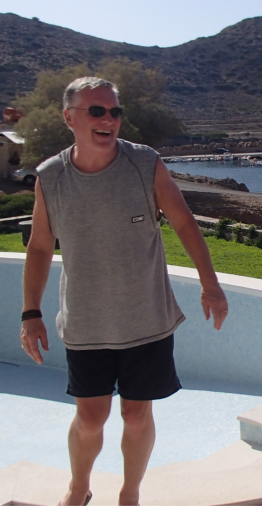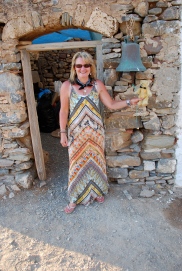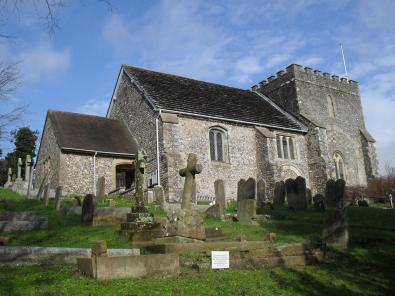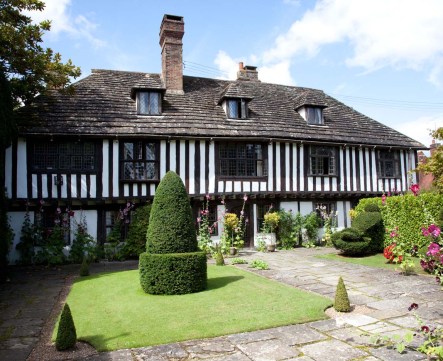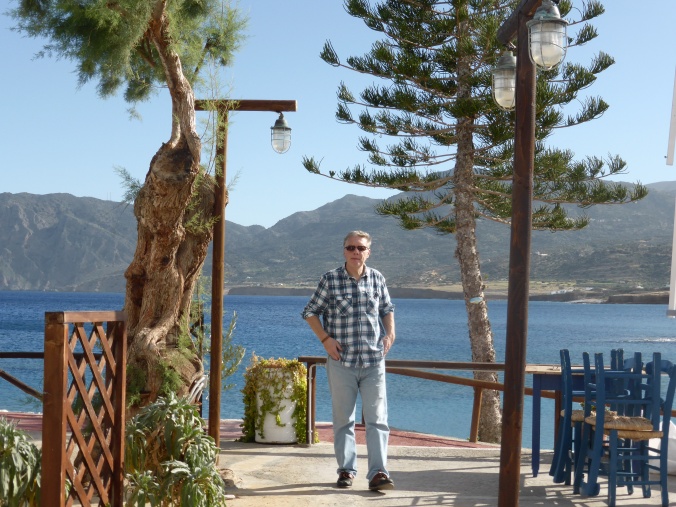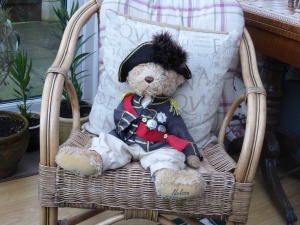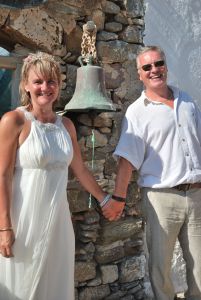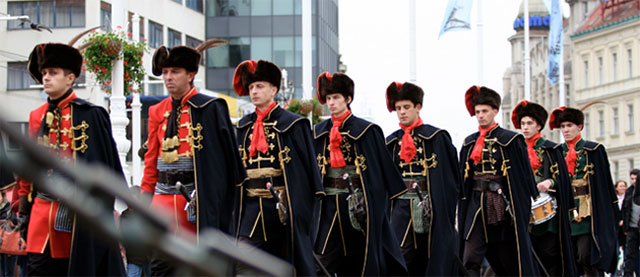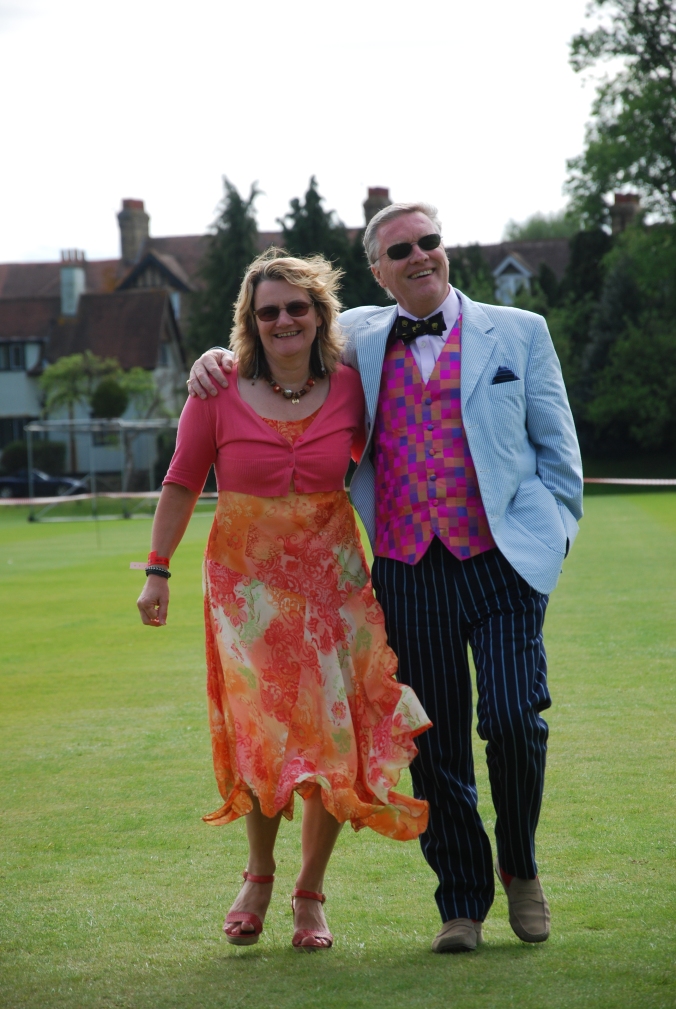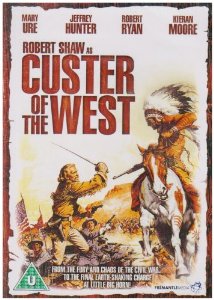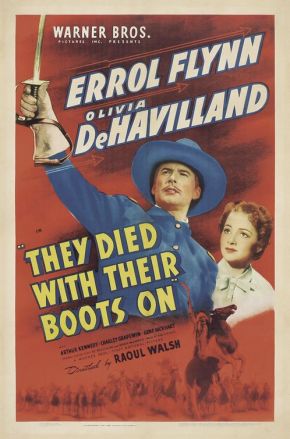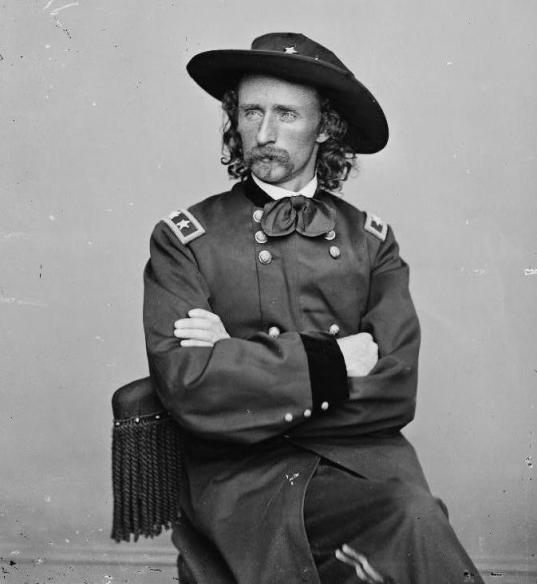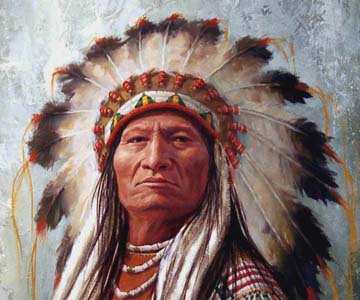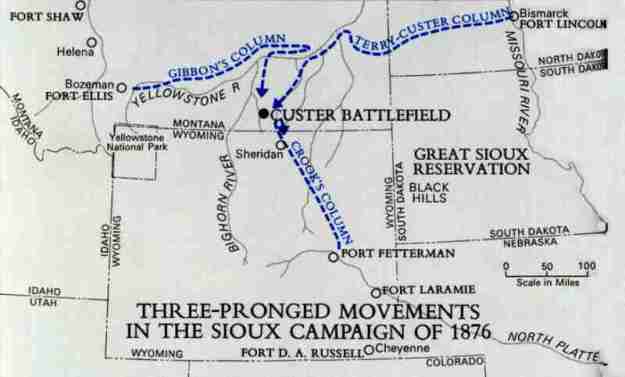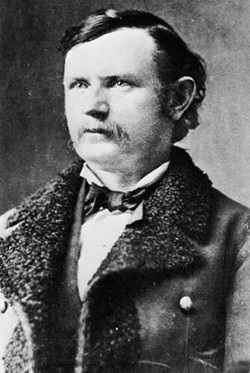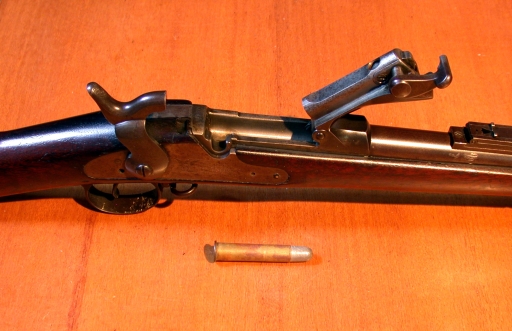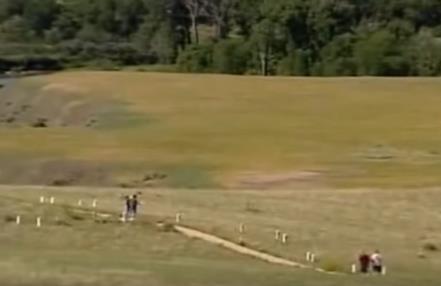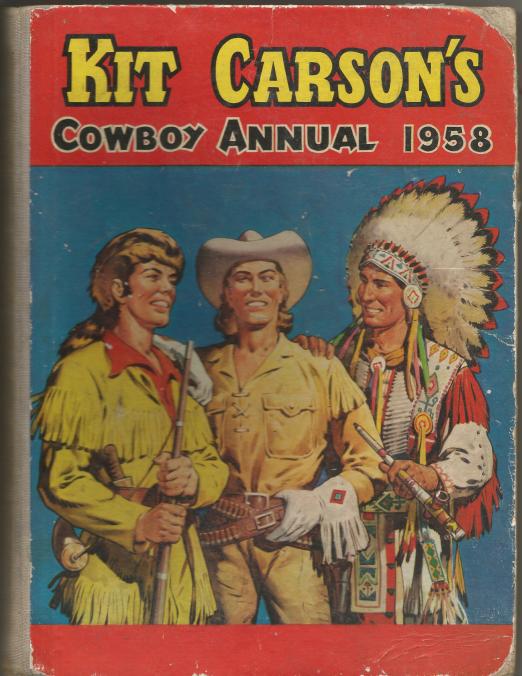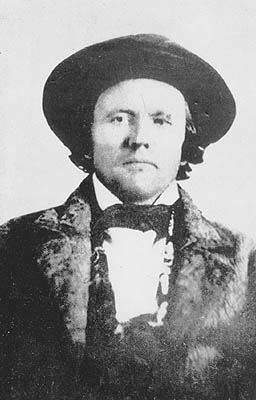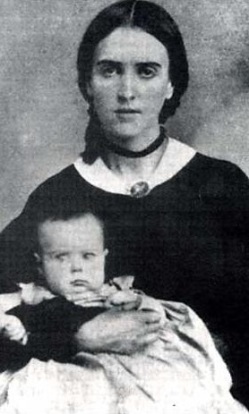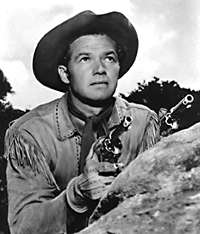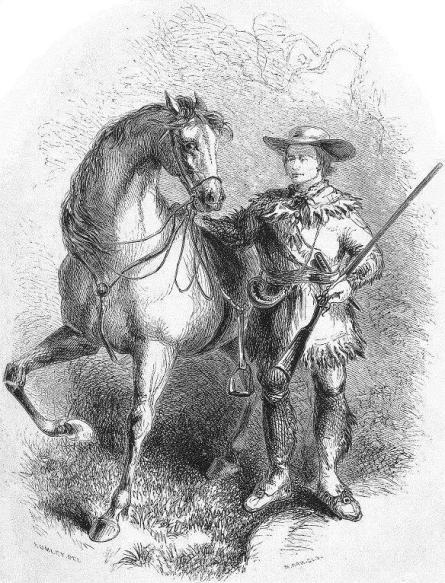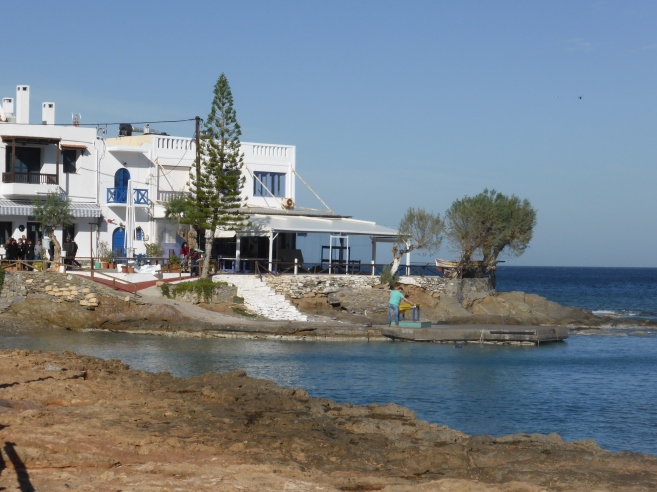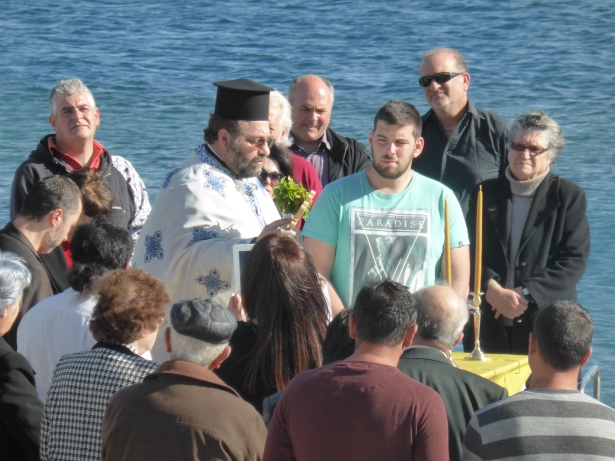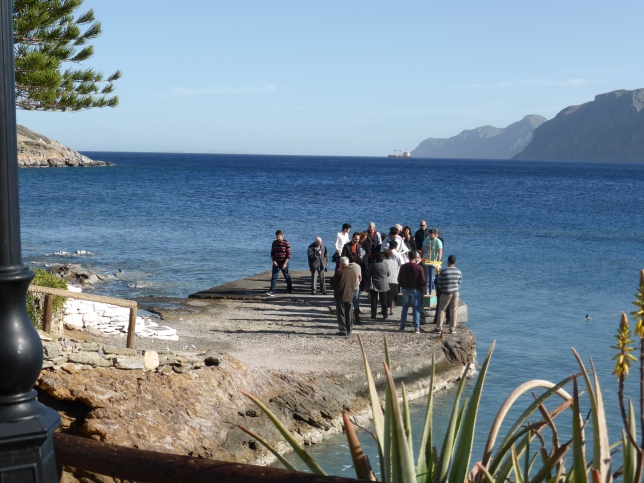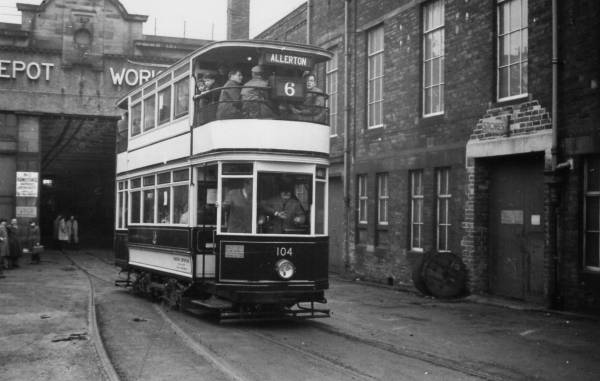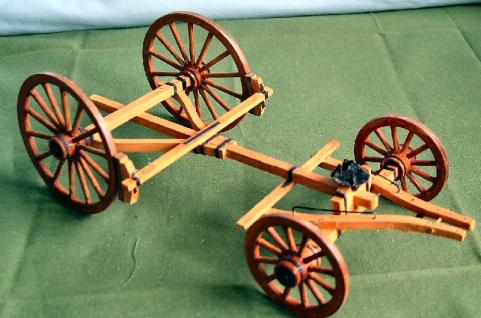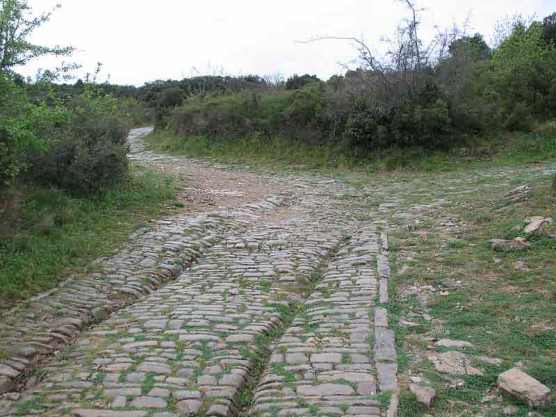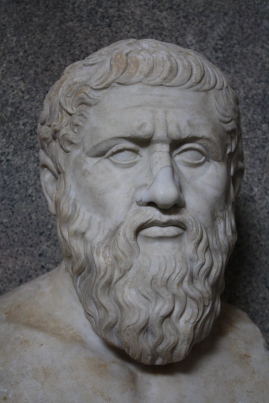So, I had a completely different topic planned for this week but then, as I’ve learnt often happens in Crete, an invitation arrived which made me change my mind!
As you will know if you’ve read my last blog, I’ve been fortunate to spend the last few weeks in Mochlos, Crete – also known to Dud and I as Paradise. Whilst here I’ve had some time on my own and some time in the company of lovely family and friends. During each of the two periods when I had company, we took a visit to the village of Plaka, with the dual purpose of a little bit of retail therapy and a trip over to the island of Spinalonga.
Now, I’m sure some of you at least will be thinking, oh no, not another piece about Spinalonga, the leper colony and the location for a book by Victoria Hislop. Well, no and yes… Spinalonga was indeed a leper colony from 1903 to 1957 and is the place where aforementioned authoress based her best-selling book, The Island. However, the leper colony only occupied a period of just over 50 years in a history that stretches back much further and Mrs H is not the only person to write about Spinalonga. Also, I’m not only going to talk about Spinalonga, so please stick with me. Actually, I think the fact that Spinalonga has become synonymous with leprosy is one of the reasons that Dud and I never visited it, which on reflection is a bit of a shame as I think he would have found it really interesting.
Anyhow, I digress….
So, although you can take a boat from Agios Nikolaos or Elounda over to Spinalonga, the shortest (and in my mind pleasanter and slightly less touristy) crossing is from the village of Plaka (although for a ‘village’ it is now more of a thriving community of tourist shops and tavernas – hence the opportunity for a bit of retail therapy). There are 2 jetties where the boats cross over from Plaka, interestingly (and to our cost, literally), one charges 4 euros for the return crossing, the other 8 euros, so do check before you pay the ferryman!
On the way over, you can see the imposing Venetian Bastion, testament to earlier inhabitants, and on arrival at Spinalonga, you land not at the old jetty on the west but around to the south of the island, on a small beach area near what used to be the generator but is now a small ‘taverna’ or rather a place to buy (somewhat expensive) drinks and ice creams.
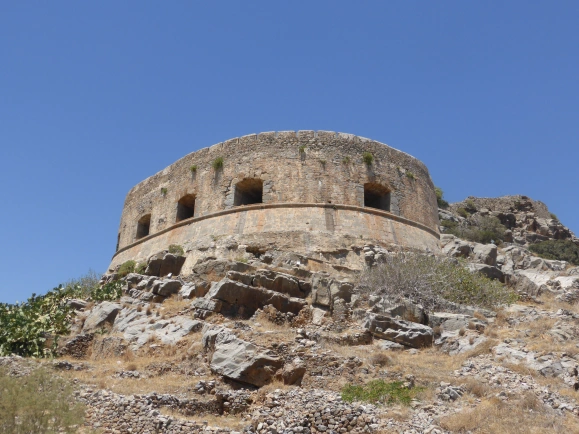
Venetian Fortifications – bit of a climb to get up there (& down again !) but worth it for the view !
The island of Spinalonga forms a natural defence for Elounda harbour, and in 1579 the Venetians built a mighty fortress here on the ruins of an ancient acropolis. According to the Venetian cartographer Vincenzo Coronelli, Spinalonga was not originally an island but was joined to the adjacent Peninsular Spinalonga which is a part of the uninhabited Kalydon island area that belongs to the city of Elounda. He says that in 1526 the Venetians cut a portion of the peninsular to form Spinalonga Island. The Venetians kept control of the island even after the rest of Crete fell to the Ottomans in 1669 and it remained under their control for almost another half a century until its capitulation in 1715, when the Turks dislodged the last of the Venetians defending Spinalonga.
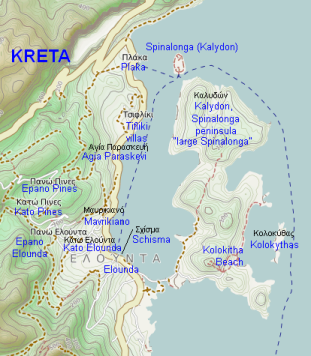
Spinalonga, Spinalonga Peninsula and Kolokitha (the small spit across to Elounda marks the site of the now sunken ancient site of Olous – cue another blog!)
Spinalonga was then occupied by the Turks who reconstructed the Venetian houses to meet their needs. Their population increased and the 1881 census records 1,112 inhabitants, all of Turkish descent. They formed the largest Muslim trading centre of the Mirabello, listing their sources of income as fishing, agriculture and commerce. However, what they don’t record on the census is that smuggling was another lucrative means by which they survived!
The numbers of Turks fell sharply at the turn of the 20th century but those who remained, continued with their more lucrative means of income, namely smuggling. In an effort to rid Crete of these outlaws, Prince George established a leper colony on the island in 1903. The thought of leprosy sufferers being sent to live among them caused the desired effect and the Turks left immediately. The first 251 leprosy patients settled on the island in 1904. Initially only lepers from Crete were sent to Spinalonga but, when the island became part of Greece in 1913, lepers from the rest of the country also came to Spinalonga.
Today thousands of tourists visit Spinalonga by boat from Agios Nikolaos, Elounda and Plaka each summer and it is one of the most popular archaeological sites in Crete, after Knossos.
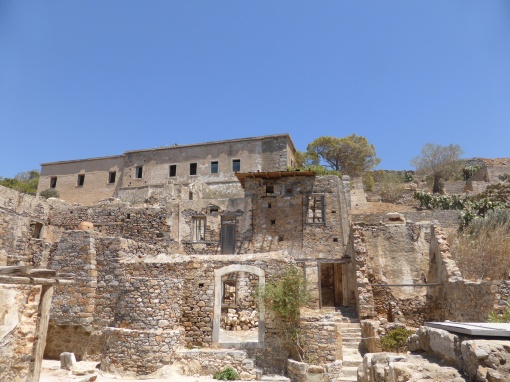
View of some of the buildings on Spinalonga, looking up to the old Turkish Hospital at the top (which was taken over and use by the lepers)
There are two ways in to the buildings of the island, west through the tunnel that is the old entrance to the fortress, or east towards the lepers graveyard and Charnal House (place where exhumed bones are placed when the grave they were buried in is needed for another occupant!). On the two visits I made this summer I went first to the west, through the tunnel and on the second time made straight for the graveyard to the east. It’s not that I’m more interested in the dead than the living you understand (well, actually ….) but, as those of you who know me know, in my spare time I dabble in osteoarchaeology, so bones are my thing! Anyhow, whichever way you approach the buildings, do take your time to wander around, soak up the atmosphere and remember that all of those who lived here organised their space, engaged in the cultivation of the land, fell in love, married and had children.
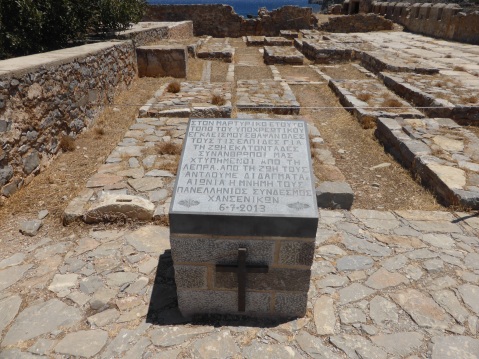
Lepers Graveyard and Memorial Plaque (all graves were of a regular size with an even distance between them – when a new grave was needed the current occupant was exhumed and the bones placed in a charnal house)
I found the buildings particularly interesting and quite reminiscent of the architecture of the earlier Minoan and Hellenistic civilisations on Crete. There are three churches on the island, Agios Panteleimon, Agios Yiorgos (both still standing) and Agios Nikolaos, where only the foundations remain.
We paused at the bakers shop and thought of who had stood there before us – again reminiscent (for me) of visiting other archaeological sites and imagining what life would have been like. Just inside the main area, after the entrance tunnel is a fountain where there was a small natural supply of water. Pausing at the laundry and washing troughs we again imagined those who had used them in the past.
Evocative and well worth a visit ! I can also highly recommend the guide book by Beryl Derby, who has also written a number of fictional books including ‘Yannis’, who comes from the village of Plaka.
Well, having enjoyed the boat trips to Spinalonga, and finding myself on my own again I was wondering what other places could be explored by boat. Then, and the reason for my change of subject, I was invited to join a boat trip from the Tholos beach in Kavousi over to the island of Pseira (sometimes Psira), where there was a Minoan settlement.
Boat trip and Minoan ruins …. I didn’t need a second asking, I was there !
And so it was that I found myself at the far end of the Tholos Beach outside the village of Kavousi, joining a group of 9 other people, including fellow bloggers Yvonne and Steve (thought I’d give their blogs a mention here). In another ‘small world’ experience I knew who our boatman was going to be because I’d bumped into him at Dimitris Taverna in Mochlos just a couple of days earlier. I’d popped in for a quick drink on my way home and got chatting with this chap called Manolis, who told me he was taking a boat trip over to Pseira on the Saturday. Thinking that couldn’t be a coincidence I asked if it was the one organised by Yvonne and he said ‘yes’ !
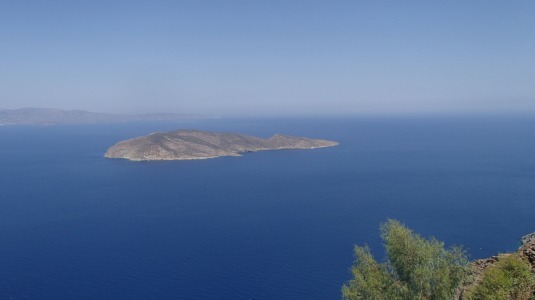
Pseira Island from the main road (the only view I’d seen of it before, apart from cruising past in Nick’s boat on the way back from our wedding in 2011)
Anyhow, digressing again (sorry Dud, I can hear you telling me to ‘get on with it’).
We all climbed aboard the Ferryman (yes, there were shouts of ‘all aboard the Skylark’, giving away our age) and then we cast off and headed off towards Pseira. Manolis was a great captain and guide, he took us as far around the island as the winds would allow so that we could see the ‘ears’ the ‘heart’ and the ‘mouth’ of the island. Unfortunately the waves were a little too large for us to completely go around the island, but it was already shaping up to be a great trip.
We moored up at the little beach on Pseira, by the peninsular on which the Minoan remains have been found. Obviously not everyone was interested in looking round a pile of old stones (how can that be!), and for those that didn’t want to, the clear waters beckoned.
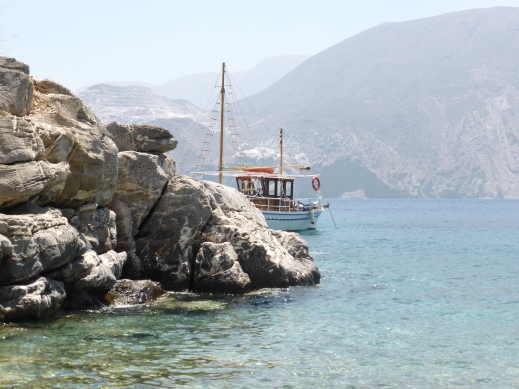
Our boat moored up on Pseira – we had to scramble a bit over the rocks to get to the beach, but it wasn’t as bad as it looks!
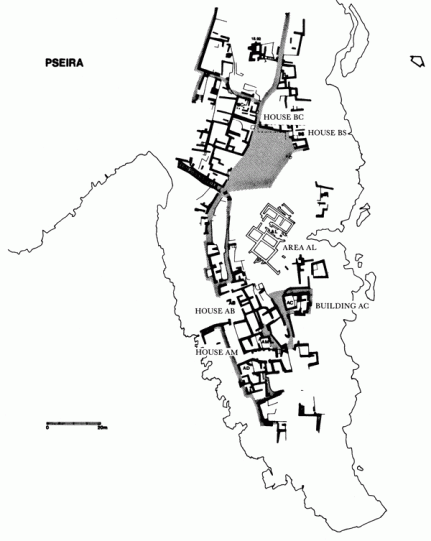
Site plan of the peninsular of Pseira (taken from the excellent website of Ian Swindale, Minoan Crete)

Grand Staircase leading up from the beach/harbour (Dud loved Minoan stairs so I had to go up and down these a few times for him)
I, on the other hand, decided to wander around said pile of old stones and tried to understand the site, based on some internet research I’d done beforehand. Well, it was all a little bit difficult to work out, but I definitely managed to find the Grand Staircase (would have been tricky to miss as it comes straight up from the beach), and also the ‘House of the three buttresses’ – I definitely needed Dud to help me with the interpretation and Dudley Bear was decidedly silent on the matter! Still, it was a really interesting site and I feel it is deserving of another visit (or maybe more).
After a ramble round the ruins, I met up with my fellow trippers and we sat on the beach and enjoyed each others company and a picnic lunch and generally lazed around until it was time to get back on the boat. Now, this is where what I love most about the Cretan way of life kicked in…..we are on our way back to the Tholos Beach when Manolis asks if we are in a hurry to get back? ‘No’ we all say, so he says he will take us with him to collect a group of people he needs to collect from the Agriomantra beach and then we will return to Tholos.
So, we turn away from the Tholos area and head out to sea, or so it seems. The waves are definitely a bit larger out here and as we head towards a groups of rocks we all think, ‘surely we are not going between those – are we?’ Oh, yes we are, and it was fine and we waved to some fishermen and saw some beautiful scenery and then arrived at another piece of paradise – a beautiful, secluded beach. Now, if we had thought that we were going to ‘just’ pick up the additional passengers we were mistaken. They had been there for a ceremony at a chapel carved into the rocks and were now celebrating with food and drink (well, raki and water only!). We were invited to join them and share their food and raki – how wonderful and what a lovely experience.
Finally, and I don’t mean that badly, we packed up the boat and were ready to return to our original point of departure at the Tholos beach. Oh My, the water was even more choppy now and our ride back wouldn’t have been out of place at Alton Towers – but it was fantastic!
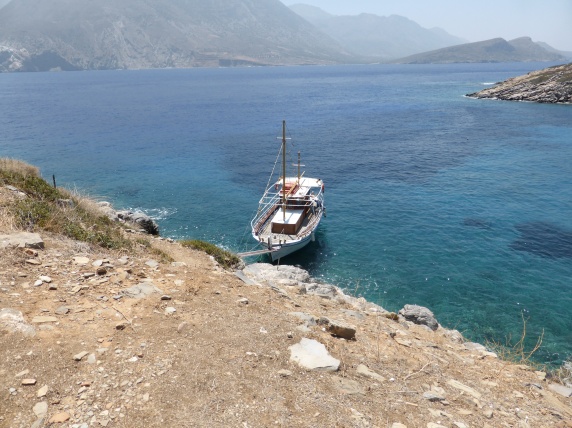
Getting on and off the boat required us to ‘walk the plank’ – well not exactly, but I think you can see the rather narrow walkway we had to negotiate to get on and off!
On our safe arrival back at Tholos, Manolis said we must all join him for a beer at the Kantina – – oh, go on then !
Great day out, great company and great Cretan hospitality. If you are in the area ever and want a boat trip, why not try Manolis…
Next time … maybe what I planned this time, but I’d best not say in case other events take over.
PS – the book that Dud was editing at the time of his untimely passing, has now been completed with help from 2 archaeological colleagues and friends and will be launched at a conference in Lewes, Sussex on 22nd October 2016. The aim of the conference is to celebrate Dudley the man (and archaeologist), publicise the book and launch the ‘Dudley Moore Fund for Archaeology’. In a blatant attempt at publicity, you can find details of the book here, and of the conference under Events on the Sussex School of Archaeology webpage.
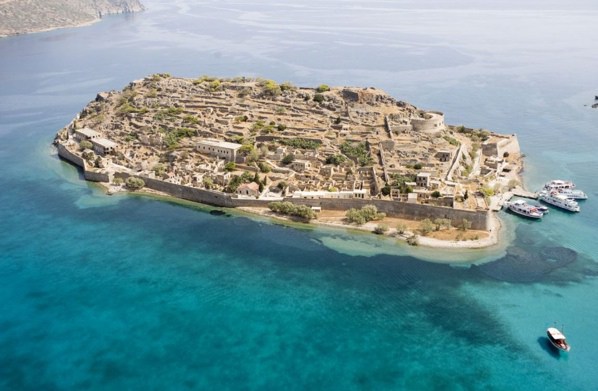
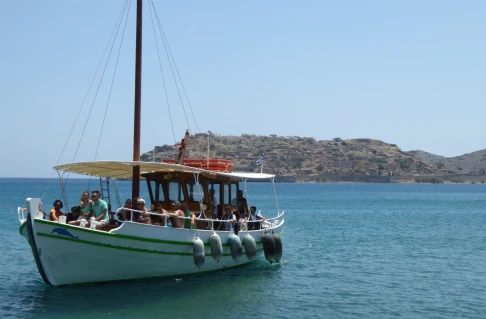

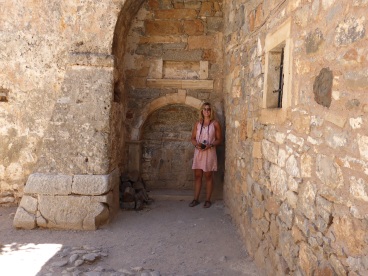
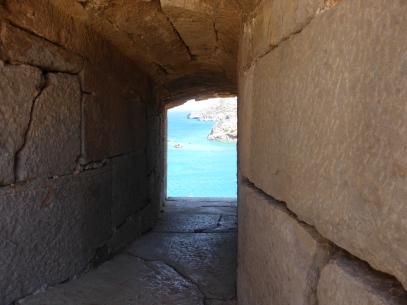

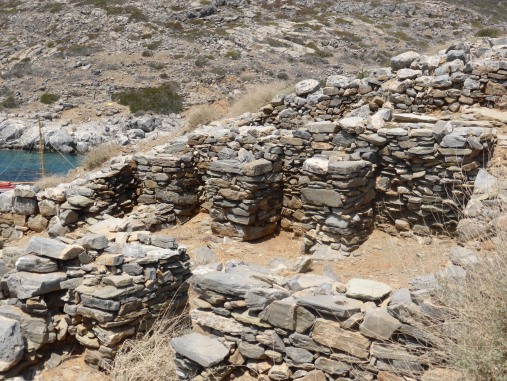

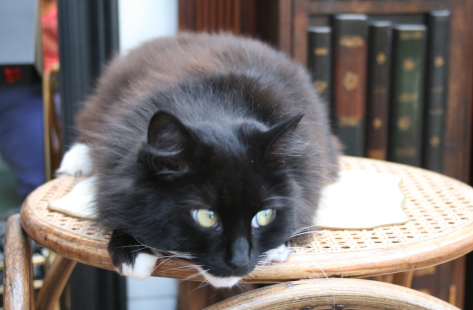
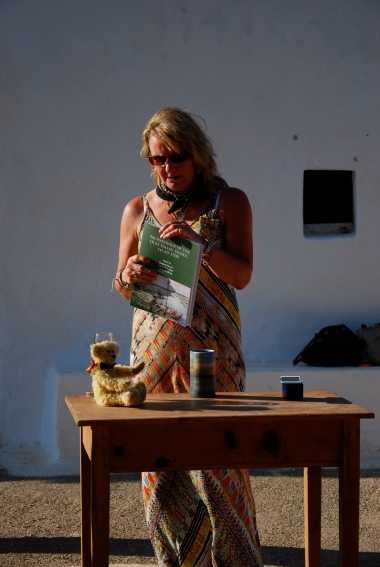
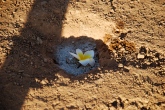
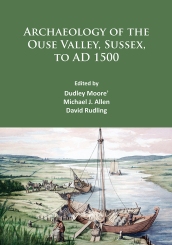
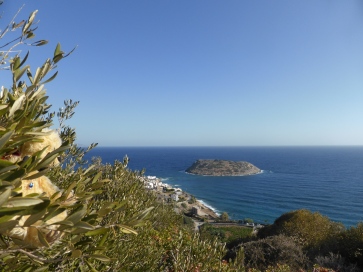
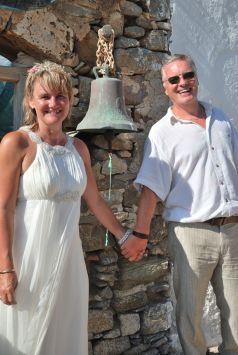
 is seen no more. The water bugs get together and decide that the next one of them who climbs up the lily stem must promise to come back and tell the others where they went, and why. Not long after this the bug who had suggested the plan found himself climbing up the lily stalk and ended up on the lily pad, where he fell asleep. When he awoke he had changed completely – he had become a dragonfly. He flew around and generally enjoyed the new atmosphere he found himself in. Suddenly he looked down and saw his friends under the surface of the water and remembered the promise that had been made. Unfortunately though, now he was a dragonfly he could not longer go into the water….. The story ends that the dragonfly realises that even if he could go back to the water, his friends would not recognise him, but when they become dragonflies too they will understand.
is seen no more. The water bugs get together and decide that the next one of them who climbs up the lily stem must promise to come back and tell the others where they went, and why. Not long after this the bug who had suggested the plan found himself climbing up the lily stalk and ended up on the lily pad, where he fell asleep. When he awoke he had changed completely – he had become a dragonfly. He flew around and generally enjoyed the new atmosphere he found himself in. Suddenly he looked down and saw his friends under the surface of the water and remembered the promise that had been made. Unfortunately though, now he was a dragonfly he could not longer go into the water….. The story ends that the dragonfly realises that even if he could go back to the water, his friends would not recognise him, but when they become dragonflies too they will understand. , Fox and Hare who live together in a house in the woods. Fox is the ‘father figure’ of the house and was always on hand with a helpful suggestion and an encouraging word. One day, fox goes out into the woods and doesn’t come back, but lays down and dies under an oak tree. His friends find him, bring him back and bury him in his favourite place (under the willow tree). They are so sad that Fox has gone and spend their days mourning him and saying how he was always there for them and missing him greatly. This continues for quite some time and then one day Squirrel comes to visit them and asks where they have been. They say they are so sad they cannot go out and they miss Fox too much. They are pleased to see Squirrel though and invite her to stay for supper. Now, this brings about a change in their attitudes. Otter cooks a meal and this prompts a discussion about how bad a cook Fox was and they certainly don’t miss his cooking! The conversation moves to how bad a handyman fox was and how he didn’t know carrots from weeds! Suddenly, they are all laughing and remembering the funny things about Fox. Mole makes a bench for them, in Hare’s garden where they sit and recall happy times. They even think they can hear Fox laughing too… and so he was with them …always and forever.
, Fox and Hare who live together in a house in the woods. Fox is the ‘father figure’ of the house and was always on hand with a helpful suggestion and an encouraging word. One day, fox goes out into the woods and doesn’t come back, but lays down and dies under an oak tree. His friends find him, bring him back and bury him in his favourite place (under the willow tree). They are so sad that Fox has gone and spend their days mourning him and saying how he was always there for them and missing him greatly. This continues for quite some time and then one day Squirrel comes to visit them and asks where they have been. They say they are so sad they cannot go out and they miss Fox too much. They are pleased to see Squirrel though and invite her to stay for supper. Now, this brings about a change in their attitudes. Otter cooks a meal and this prompts a discussion about how bad a cook Fox was and they certainly don’t miss his cooking! The conversation moves to how bad a handyman fox was and how he didn’t know carrots from weeds! Suddenly, they are all laughing and remembering the funny things about Fox. Mole makes a bench for them, in Hare’s garden where they sit and recall happy times. They even think they can hear Fox laughing too… and so he was with them …always and forever.